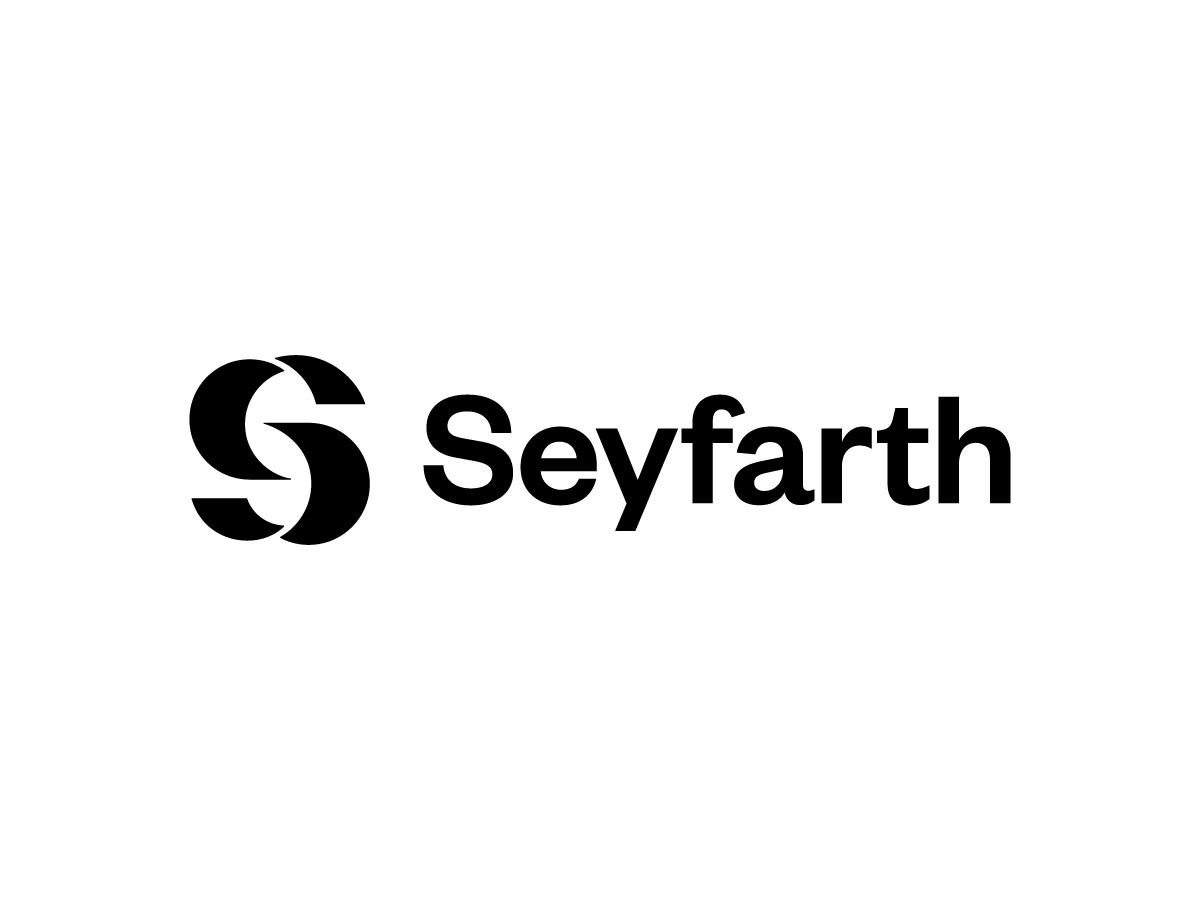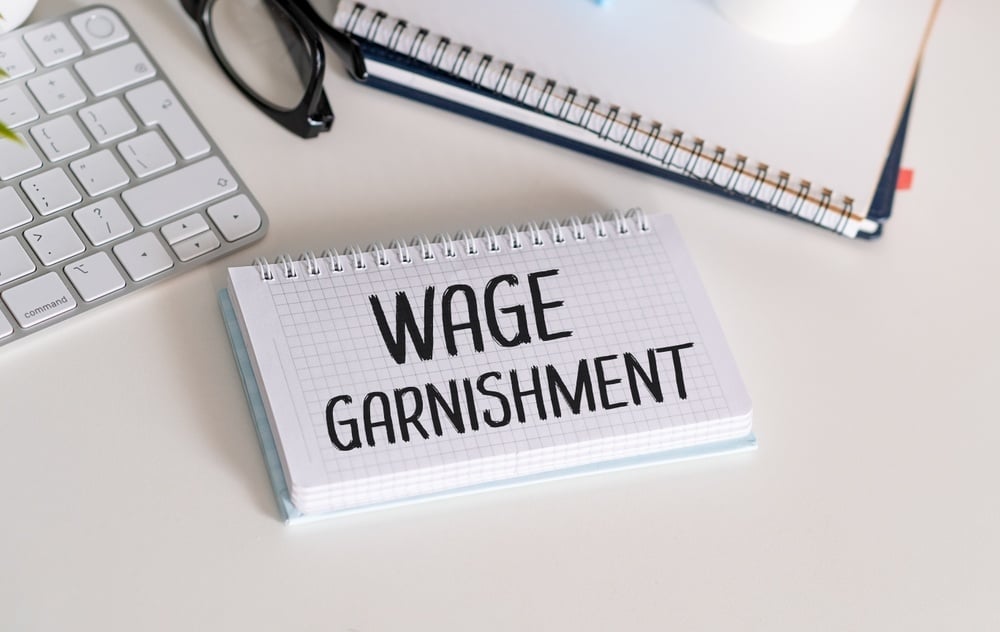Gourd-Geous Design – The Halloween Patent that Makes Carving a Breeze. Seyfarth Shaw LLP
Halloween brings out the goblins and ghouls in everyone, but it also brings out their creative side if they’re inventors. One Halloween patent stands out among the many others: a patented design for decorating pumpkins. (And, technically, other fruit…but we won’t be holding our breath for Halloween Coconuts.) Meet U.S. Patent 6,855,224, an invention that makes it easy to transfer intricate designs onto pumpkin surfaces.
This invention takes the hassle out of the traditional pumpkin pattern transfer process. Social media is awash with videos that show how to carve pumpkins. For those of us that carved pumpkins with mom’s dull knife as children, the process was often more difficult than waking up the dead. So you’ll understand the genius behind the idea. The magic is a patterned sheet of adhesive that sticks directly to your pumpkin (or “fruit” if you prefer). Peel off the liner and press the sheet on your pumpkin. Then, carve along the lines. When are you done? Peel away the sheet and reveal a spooky creation that’s professionally styled! Gone are the days of dealing with fading marker outlines when trying to carve the pumpkin.

Interestingly, this patent isn’t just for pumpkins; it’s broad enough to cover all fruits and vegetables! Let’s face it, Halloween is the night for pumpkins to shine. Broadening the scope is a classic patent strategy so that the invention can apply to a wide range of surfaces, just in case anyone decides that jack-o’-lantern watermelons should be a thing.
Interestingly, this patent only covers the method of decorating fruits and vegetables, not the product itself. The claims cover a series steps, including providing the product, peeling off the liner, adhering the adhesive pattern to the pumpkin, and then carving along the lines. While method claims are powerful in certain areas, such as communications, machine-learning, or manufacturing, they can be difficult to enforce when the method is directly related to the use of a product, because the “infringer’ is the person who is carving the pumpkin. You’d need to be a witch to enforce a Halloween patent!
In certain cases, when method claim are in play, patent holders will go after manufacturers or vendors of infringing product under an inducement theory. To prove inducement the patent holder must show that the seller or manufacturer encouraged the consumer to use the infringing products in a manner that violated the patented method. This is usually done through marketing materials or instructions. Sellers/manufacturers can prove that the product infringing is not used for illegal purposes to overcome inducement claims. For example, similar stencils could even be marketed as fun tools to decorate fruits and vegetables without carving along the lines!
Luckily for all the fruit and vegetable carvers out there, this patent expired in 2022, so there is no need to fear any courtroom frights! Take a moment as you go trick-or-treating on Halloween to find those full-size candy bar elusives. Also, appreciate the art of carving pumpkins. Who knows, you might even spot a fruit or two carved along the way.






